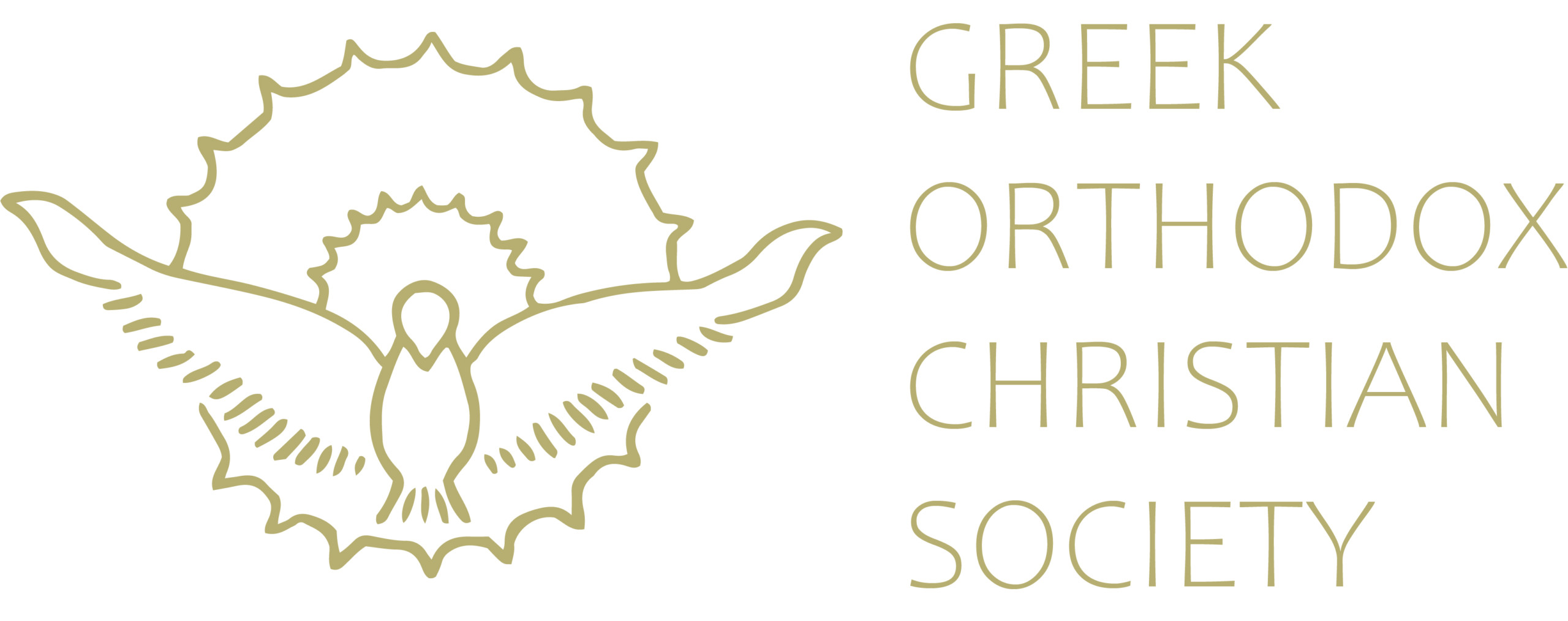St Athanasius – On the Incarnation
We may have heard the phrase ‘God became man so that man could become God’, and wondered how such an event could be possible? For how could God, in his omnipotence and perfection, become human like us? And more so, how could we humans, fallen and prone to sin, ever contemplate becoming like God?
St Athanasius, a fourth century bishop of Alexandria, penned his treatise ‘On the Incarnation’ to consider this very paradox. According to Athanasius, our fall from paradise left God with a ‘Divine Dilemma’. We were created in the image and likeness of God, and in fact “For God created man for immortality, and made him an image of His own eternity. But death entered the world by the envy of the devil” (Wisdom 2:23-24). How could an all-good God allow his creation to perish, to become undone? How could God redeem His creation? Or perhaps the question is: ‘Who could redeem His creation’?
The answer to this, according to Athanasius, is simply: “Who else, but the Word of God, who in the beginning made all things out of nothing”. And so God the Word took on a human body, and by this body provided salvation for all through overcoming death by His sacrifice and Resurrection.
St Athanasius goes on to explain why Christ needed to take on a human body, just like ours. Christ spent time on earth, with bodily senses as we do. Jesus needed to eat and drink and sleep, as we do. In this way, He showed us a way of living a life united with God. For his disciples and apostles, He revealed His Grace by his works and example on Earth. We too take the same example. God, in his wisdom, understands that as humans, we find it difficult to contemplate things beyond this world, and so He came down for us and revealed a new way of life. As St Athanasius says: “He manifested Himself by means of a body in order that we might perceive the Mind of the unseen Father. He endured shame from men that we might inherit immortality.”
Source: Lychnos December 2016 / January 2017
